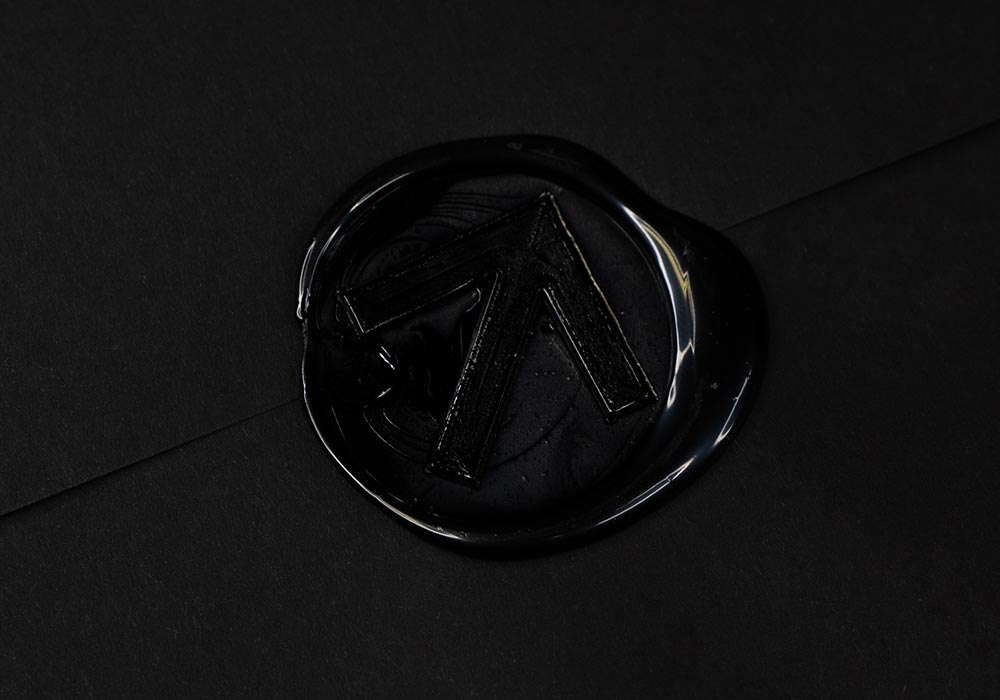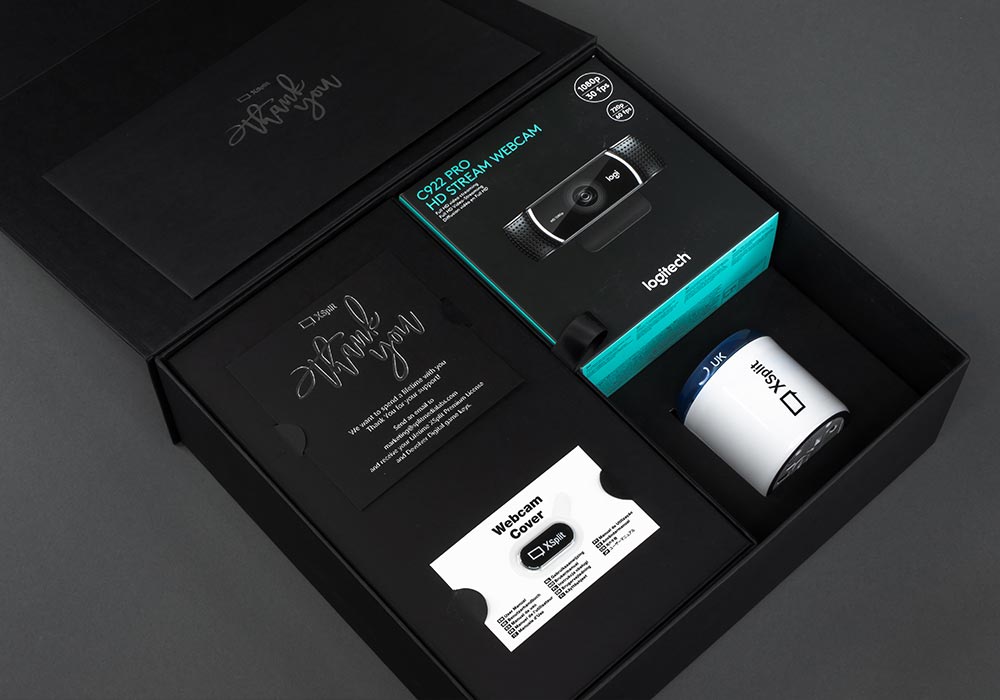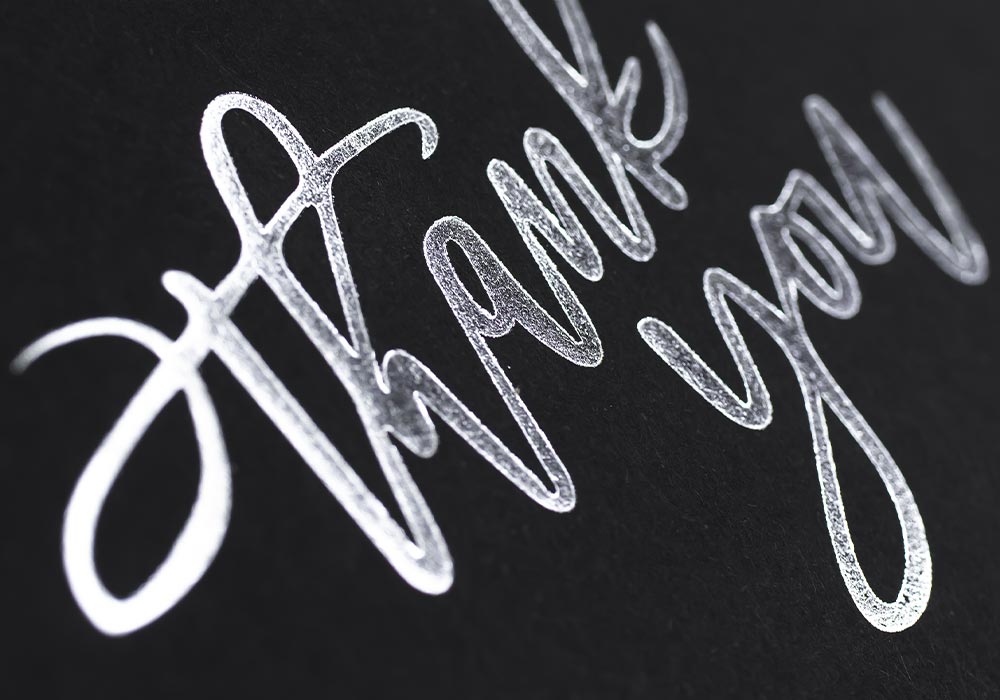AUGUST 04, 2020
There’s still power in print.
Not everything has to be – or can be – digital. While a lot of businesses and agencies are investing in online advertising, print is still bringing impressive returns and can reach demographics that digital simply can’t.
MarketingProfs found in 2017 that 92% of 18-23-year-olds find it easier to read print content over digital, while they also found that the response rate to direct mail marketing was 35% higher than email marketing.
Print has also found what many might see as an unlikely ally in Generation Z. A study published late last year by MNI found that 61% of Generation Z think their peers would benefit from unplugging more, and that they value print media and publications more than digital media.
With the British Printing Industries Federation (BPIF) highlighting that the printing market will grow to $874 billion in 2024 – up from $818 billion in 2019 – a lot more brands are aligning their digital strategies with print marketing to boost acquisitions and ROI.
But ‘print’ doesn’t just mean ‘marketing materials’. Print can also relate to content such as brochures and books; leaflets and boxes; marketing materials and press kit literature, and many other items.
Those forms of ‘print’ can be especially attractive to Generation Z, especially when it comes to the entertainment industry. But any old paper won’t do; your print project needs to look and feel the part to attract long-term brand advocates.
With the BPIF also highlighting how packaging and label work is ‘booming’, how can brands on a budget ensure they get the absolute best printing services and finishes possible that help them market themselves, their brand and excite their fans?
WANT TO SEE THE POWER OF PROFESSIONAL PRINTING FOR YOURSELF? CLICK HERE TO SEE OUR RECENT PROJECTS!
Knowledge is key to perfecting the print process
One of the most important foundations to lay in any print-based strategy is the strength of the relationship with your printer of choice.
We can’t overstate how important that relationship is. The very nature of the production process when building a limited edition and other materials means an error-free and high-quality printing service delivered on time isn’t just essential, but it can help a tight budget go further, too.
The value of your partnership with your printer also extends beyond the process and the final product. The sheer depth of their knowledge and advice can be the difference between something average-looking and a truly exceptional print product.
A strong relationship with a printer, though, is only part of the story. As an agency, it’s up to us and our design experts to factor the printer in as part of the wider creative process, and to use our skills and judgement to select the approach that makes the final product look the best it can be.
A practical example of this can be seen on the press kit we created for XSplit, with its metallic logo appearing across the box and ‘THANK YOU’ envelope.
So, what does our graphic design team consider when speccing print projects?
- Paper size: Paper size is a key consideration throughout the project. Different paper sizes mean different prices; dividing through the standard A sizes can reduce costs and be better for clients operating on a budget. It’s a factor that can pass people by; if you’ve commissioned a high print run, a small adjustment to paper size could save you thousands.
- Paper weight: While the size of the paper used can greatly affect costs, the same isn’t true for paper weight. Many are surprised to learn that increasing the weight of the paper doesn’t actually raise costs that significantly. This can be key; heavier paper (or paper with a higher GSM) helps add a premium and more substantial feel to print projects, especially books.
- Paper texture: Textured paper gives more of a tactile feel to a print product, and is usually the go-to stock for graphic designers. Why? It feels premium, and the difference between it and standard stock is really noticeable on low digital run projects such as press kits. Textured stock may not be wise to use on high litho runs though, as costs can creep up.
- The finish: For those that want an extra-premium print product, a UV spot varnish combined with a non-glossy paper stock never fails to amaze. With the right approach you can provide that premium feel on a budget by using the same UV spot plate size across multiple pages to save on wider project costs.
- Design combinations: Following on from above, hot foiling and debossing (blind deboss or foil deboss) are a great way to add solid colour brand colours and metallics to a print product. There are a number of different print combinations and approaches to use to make a print project look great, and we’ll help you pick the right ones for you.
Also as above, clients can save on plate costs when hot foiling, debossing and UV spot varnishing by keeping them the same size at the design stage. They can be used on the product for little extra cost that way; you could create a deboss with a foil plate, for example.
Though extravagant, premium finishes may appear to be a luxury cost at first, they can also be reused on a variety of products (if requested) if they’re kept to the same size. It’s a key way to help reduce costs while adding greater brand detail across projects.
FIND OUT MORE ABOUT THE PRINTING PROCESS AND HOW TO GET THE BEST FINISH POSSIBLE FOR YOUR BUDGET BY SPEAKING TO THE TAKEOFF TEAM TODAY.


